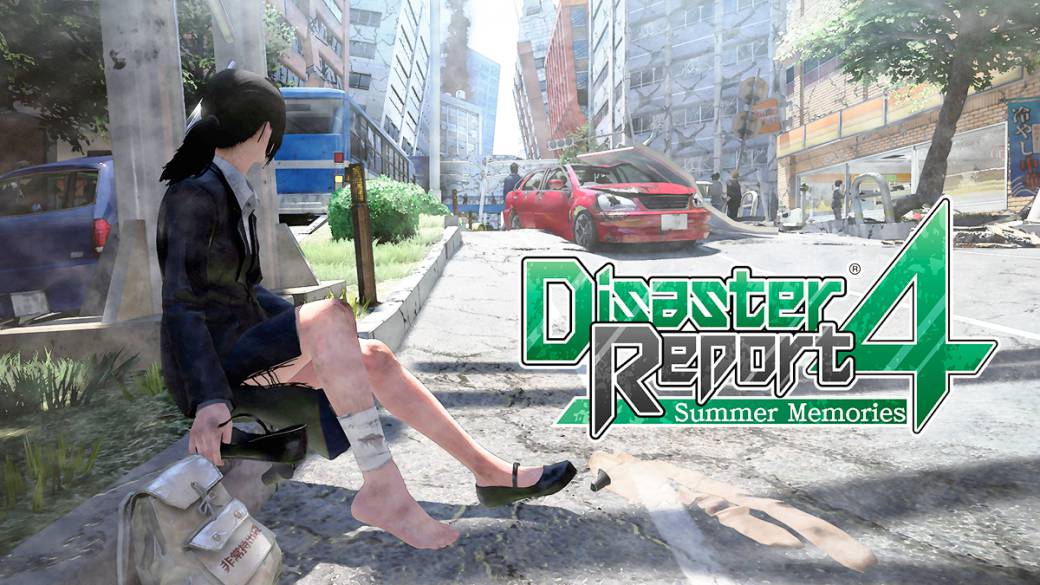
We analyze the nine installment of the Disaster Report series, whose premise is based on survival in a city ravaged by different natural disasters.
Several years have passed since the launch of the last game in the Disaster Report series in the west, although really the situation of the series has been quite complicated in western lands since its inception. In the United States, the first game in the series was released under the same name in 2003 for PlayStation 2, being distributed by the company Agetec, which, by contrast, changed the name for distribution in Europe with the title SOS: The Last. Escape, which came out just a couple of weeks from the American date. The second part would receive the name of Raw Danger !, this time common to both territories but under different distributors, Agetec handling the American version and 505 Games for the European version, both appearing during the first half of 2007. Curiously, both games underwent changes to to adapt them to the very forced western audience that not only included adaptation of names but also of appearance, in such a way that all the characters became blond without reason.
In Japanese lands the series has enjoyed a certain fame through its different games. The original title of it is Zettai Zetsumei Toshi, whose translation would be The Desperate City, whose premise has been changing throughout each new installment. In the first two games the player controls predetermined characters that are caught in the middle of a series of natural disasters that affect a city, being in the first an artificial island and in the second an underground city, having to survive the different situations that will arise and that will affect the terrain, such as landslides, collapse of buildings, etc., while taking into account aspects such as hydration, in the first game, or body temperature, in the second. The third installment, meanwhile, would appear for PlayStation Portable and would allow you to create an original character for the adventure, having a much deeper development in terms of narrative and character development.
Finally we have the fourth installment, which had a long history behind it. It should be remembered that its development was originally planned for PlayStation 3, with an initial release date of March 10, 2011, which was later postponed due to development problems. Unfortunately, the tragedy caused by the earthquake in Japan on March 11 of that same year led to the total cancellation of the game a few days later. Until 2014, there was no news of this title, when Granzella, the new company created by ex-members of Irem, bought the development and distribution rights of the franchise, which allowed the arrival of the downloadable versions of the first two games to the PSN Store of Japan, in addition to confirming the restart of the development of this installment, which would finally see the light at the end of 2018 in Japanese lands. Thus, and after a long wait and uncertainty about its arrival, we have in our hands the latest installment of this saga that aims to bring back the style of survival in catastrophic situations so characteristic of the series with a renewed style and according to the current generation .
SURVIVE THE DISASTER
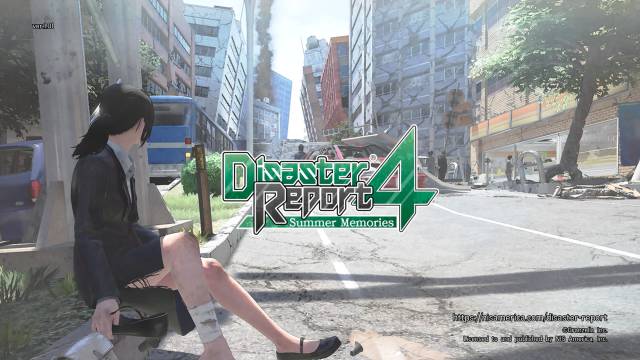
After a short preamble in which some preliminary questions are presented and the option to edit the avatar, in a very concise way, the game begins with the main character traveling aboard a bus in the middle of the game city, which he visits for the first time. Arriving at their stop, passengers' mobile phones ring in unison receiving an earthquake warning, which occurs instantly and ends with the vehicle overturning. After regaining consciousness and leaving on his own feet, the character is in the area of Suiren Park where the adventure will begin.
The development of the game focuses on the exploration of the different areas of the city in search of a way to escape and save life, avoiding along the way dangers such as the collapse of buildings or structures that will have to be crossed to continue in the adventure even going through flooded areas where you will have to use a dinghy. In between, several characters will be presented with whom you can interact and help in order to survive, some of them showing their concerns and personal backgrounds as they advance in the game, such as the teacher Natsumi Higa and her relationship with the students who find her trapped in this situation or Kanae Tomita who desperately searches for her fiancé who has disappeared during the incident. During conversations, you will be presented with moments to choose from various options in response, which will lead to different impressions of the characters and even lead to morality points. These points will be added when carrying out actions that either carry the benefit of a third person, moral, or in any case seek to take advantage of themselves, immoral, however its effect on the evolution of the game and consequences is practically nil. In the same way, the decisions made throughout the game hardly influence development in any notable way, with the exception of the final stretch of the game.
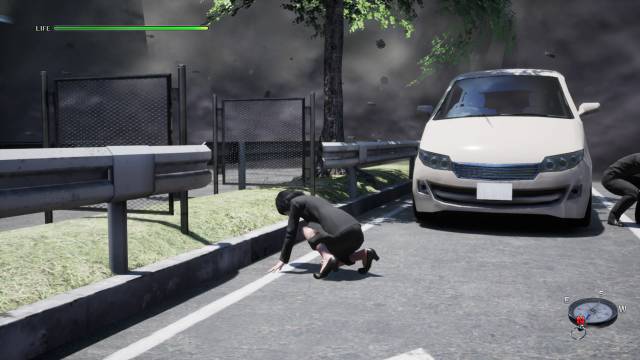
Survival in the game is mainly given through surviving the different situations that will affect the environment and that the main character must avoid, since the game will end if he dies, in addition to certain aspects that must be taken into account throughout the match. First of all, there is the level of stress that will increase when the character loses his balance due to the shocks of great intensity or, failing that, by crossing flooded areas, holding his breath, in turn affecting the life bar and decreasing it with each impact or gradually respectively. For the character to recover, it will be enough to go to the save points and select the Rest option, while to avoid falls you will have to use the square button to duck the character and help him maintain his balance if he passes through delicate areas . Denote, in turn, that combining the square button with the movement of the left stick will be able to move the character while crouching, which is ideal to go through narrow openings in certain areas.
The state of the character depends on three basic aspects: eating, drinking and physiological needs. This implies that the character, from time to time, must take food and liquids from time to time, for which it is ideal to check the condition on the status tab in the pause menu, in order to restore its normal level, but this will imply an increase in the need to use a sink. For both cases, convenience stores will be essential, providing both food and drink, although in a limited way, as well as access to toilets, which will also be located in other areas of the game. If the levels of these characteristics become high, icons that correspond to each of these needs will appear under the character's life bar. The downside of this system resides on the one hand in the ease with which to cope with it throughout the game, having practically access to the stores with enough resources that they give to weigh the journey of the game, while on the other there is no impact in the performance of the character when neglecting them, if not, separate icons, it will be denoted with a small animation and some sounds that will show discomfort when keeping the character still.
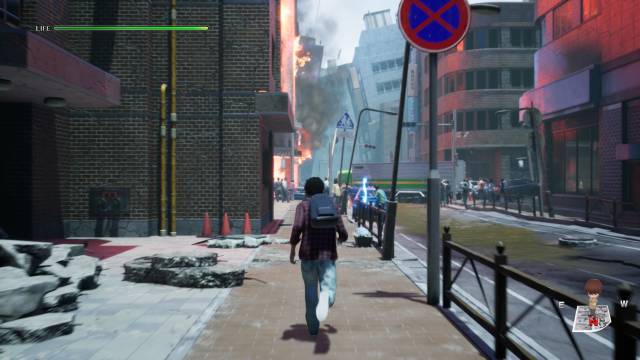
Throughout the game you can find various objects, some of them of importance to fulfill secondary missions and others that are essential to advance in the adventure, being necessary in some cases to use the crafting option to combine objects and obtain new ones. The backpacks are still an important element since thanks to them the inventory space can be increased to a greater number of blocks, some of them having designs of the most varied nature such as a thief's bag or a school backpack. On the other hand, different compasses can be obtained that will provide new designs when consulting the cardinal points, even having references to other games such as Manga Kakeru or R-Type and even objects from everyday Japanese life. You can also get new costumes for the main character that will vary depending on the gender chosen at the start of the game and ranging from a convenience store clerk uniform to a policeman or firefighter among many other variants.
Regarding the VR mode that the game includes, basically its development is located in five phases of the campaign located in different areas of it. At first this mode will be blocked and only when advancing in the game will it be possible to open the access to it, having to progress in turn to be able to add the remaining phases in this mode. The objective in this case is to advance looking for stickers of the game logo to earn points while surviving avoiding the dangers that will present themselves in the same way as in the main game. For practical purposes it is an additional alternative with which you can get more out of the game, but the lack of characters, even NPCs, leaving practically all the desert areas makes it less interesting.
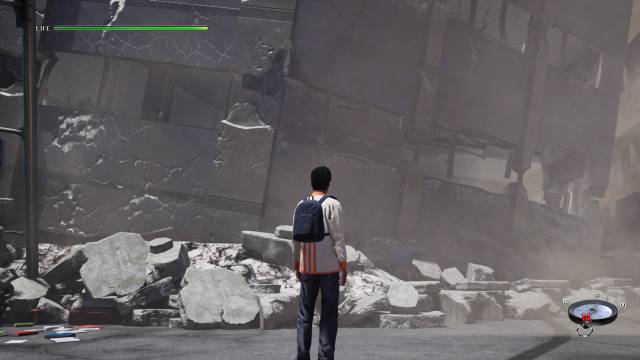
In the playable aspect, this title maintains the basic mechanics and development seen in previous installments, controlling the character through different areas, most of them alone or accompanied by a character, while avoiding the different dangers and situations that will be in the way. The character's movements are basic, limiting the actions to go through doors or go through dilapidated buildings, climbing or crawling through any possible openings to continue. There is the possibility of shouting to get attention, but it is a mechanic whose use is unnecessary since none of the characters react or respond to it. As previously mentioned, the survival mechanics do not affect the character's state and can be easily weighed, despite the fact that the conditions of the game situation would imply the opposite. Finally, the development of the game hardly offers alternatives in the plot since the decisions do not influence its development. Only in the final stretch of the game, with two possible routes and their corresponding endings, will they be the few variety options that this title has.
The graphic section of the game offers a visual improvement thanks to the use of the Unreal Engine 4, showing more defined characters and settings that offer different contrasts, some with many details and obvious inspiration in real places in Japan, while others are quite simple, partly due to the situation presented by the plot of the game. Unfortunately the performance in the console versions is irregular with moments in which the framerate drops drastically when overloading the engine, especially when a building or structure falls, while at other times it becomes very fluid, precisely in areas where the content is lighter.
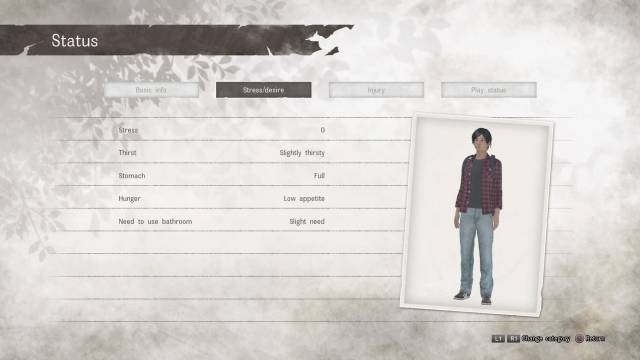
Regarding the sound section, this title also offers several contrasts depending on the situation, most of the time being an ambient sound in which the occasional phrase of the NPCs, altered by the situation, or the sound of water passing through the Flooded areas, for example, serve as an accompaniment to the adventure, while when an earthquake strikes or the buildings collapse, the shrill sounds and screams of the crowd make the drama of the situation remarkable. In a more limited way, some musical tracks are offered, both instrumental and vocal, that will serve to capture different situations at certain times. Regarding the voices, the game only includes Japanese dubbing.
DOWNLOADABLE CONTENT
Additionally, and free of charge, two additional contents are offered per download that add an additional story that supposes the epilogue of the game, in which the action takes place five months after the events of the main story, with Christmas dates and winter season. In it, the protagonist of the adventure, who will be able to maintain his appearance by loading the data of a finished game, returns to the city to see how the people he has met during the incident are currently leading his life. The content is divided into several short chapters, each dedicated to a specific area of the city, in which you will have to interact with the characters to obtain information about their situation and which will lead to investigating new cases that will be presented.
It should be said that there will be no need to worry about survival since in this content the situation has normalized but, nevertheless, it will be necessary to keep in mind the biological needs of the character. On the other hand, all the equipment obtained throughout the game will not be present in this part, although if you can get new compasses, some accessories and backpacks. Finally highlight, as a curious detail, that at certain points some characters from previous installments will make an appearance, such as the case of Masayuki Sudo, protagonist of the first game in the series, or Ryoko Honda, a journalist who had some importance in the plot from the second game.
CONCLUSION
Disaster Report 4 is an interesting proposal thanks in large part to its setting and gameplay focused on survival in the midst of a natural catastrophe, something that few games today are based on. Unfortunately, the result makes a difference both in the technical section, in the console versions, and in the gameplay, with characteristics that little affect the development of the game, as well as in the development of its history, which loses interest as it is developed partly due to the few variations that it allows and to the little importance of the decisions that are presented.
THE BEST
- It follows the line marked by its previous deliveries, offering a survival experience in the face of natural disasters.
- Some sections of the adventure are interesting in its development, reaching dramatic situations that could occur in similar situations in real life.
- The appearance of characters from other installments, both in the main game and in the downloadable content.
WORST
- Texts only in English.
- Very unstable framerate and delayed texture loading in console versions.
- Character survival features and minor morale points in the game.
- The decisions have no impact on the development of the plot.
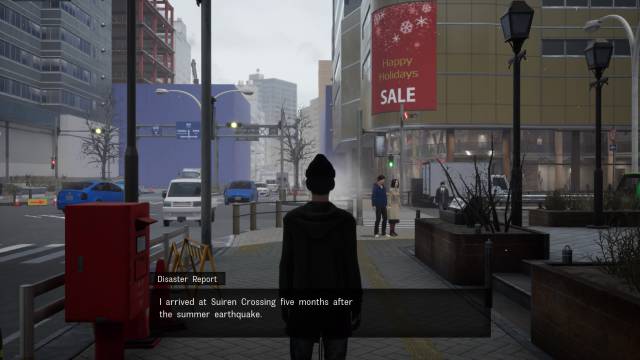
Right
It is not the latest or most original, nor does it have the best execution, but it can be fun if you like the genre. Good, but upgradeable.
